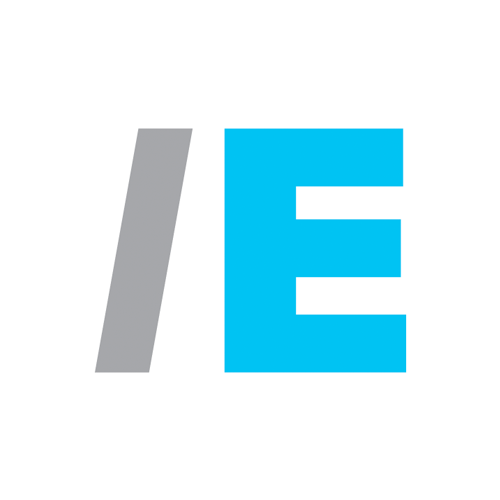Editor’s note: This article was contributed by Carl Paul, Partner Success Executive at SYNNEX Comstor. Paul holds regular monthly SYNNEX Customer Experience training courses for partners and writes regularly about CX related issues. Read his latest article below.
With more and more industries trying to enter the “as a Service” (XaaS) market, Customer Experience is changing, especially in the technology industry.
The purchasing power is beginning to shift, and we are seeing more technology requirements being set and requested by business units than in previous years. These types of customers want the same type of experience in their work-life as they do in their personal life. They want to be able to access their information from anywhere and change vendors on the fly if they are not happy with the results. For example, in today’s cellular market if a customer is unhappy with the service of one provider (and they own their phone) they can change providers quickly, without much hassle, and keep their phone number. So why can’t it be like that at work?
The answer is, in many cases, it can. With the cloud growing and growing, more and more providers are finding ways to offer what once had to be provided by hardware installed at the customer’s site to an application running on virtual machines in a remote data center owned by the provider. This model provides an agile way for end users to consume these services in real time, expanding or contracting as needed to adjust to the flow of their business. It also allows these same end customers the ability to change vendors if they don’t believe that the service being provided is bringing value to their business.
Customer experience has been around for years, but not in as many industries as it is starting to be seen today. In many of those industries, customer service was often the answer. The ability to help a customer after they had purchased equipment that they now owned and would be almost cost prohibitive to change was enough to keep most customers happy. Although customer service is still an important piece it is no longer enough to just react after an issue is discovered. Businesses today expect to see an accelerated return on their investment, and they want to feel good about the organization they get it from. That is where SYNNEX Comstor Customer Experience (CX) comes in.
So, what is CX and what does it look like? The answer to that question varies from company to company and individual to individual depending on the expectations and outcomes from their interactions.
But, one thing is certain: Everyone is looking for a positive experience.
The intent for most organizations is to always provide an excellent customer experience, to keep the customer coming back or renewing. Yes, that is the idea, but intent changes when you look at it from different perspectives.
Depending on the types of service the organization provides and how they provide it, the expectations of the customer will be different. Therefore, the methodology used to create the desired customer experience also must be adjusted to match.
A pure software company that sells directly to the end customer and has access to all the data from logins to trouble tickets can create a very prescribed methodology and quickly identify potential roadblocks to renewals.
Whereas a company that sells software from a partner may not have access to the same data and therefore will need to find creative ways to get the critical information required for them to perform the same task and ensure that the customer experience is met.
Both of these companies have the same objective, but how they go about achieving it is completely different and that is why customer experience will look different to each.
To join the next Customer Success Plan workshop with Carl Paul on April 15th register here.
Author
-

The EDGE360 editorial team consists of Jackie Davis, Katherine Samiljan, and Jessica Nguyen. You can reach the team at EDGE360@gotostrategic.com.






